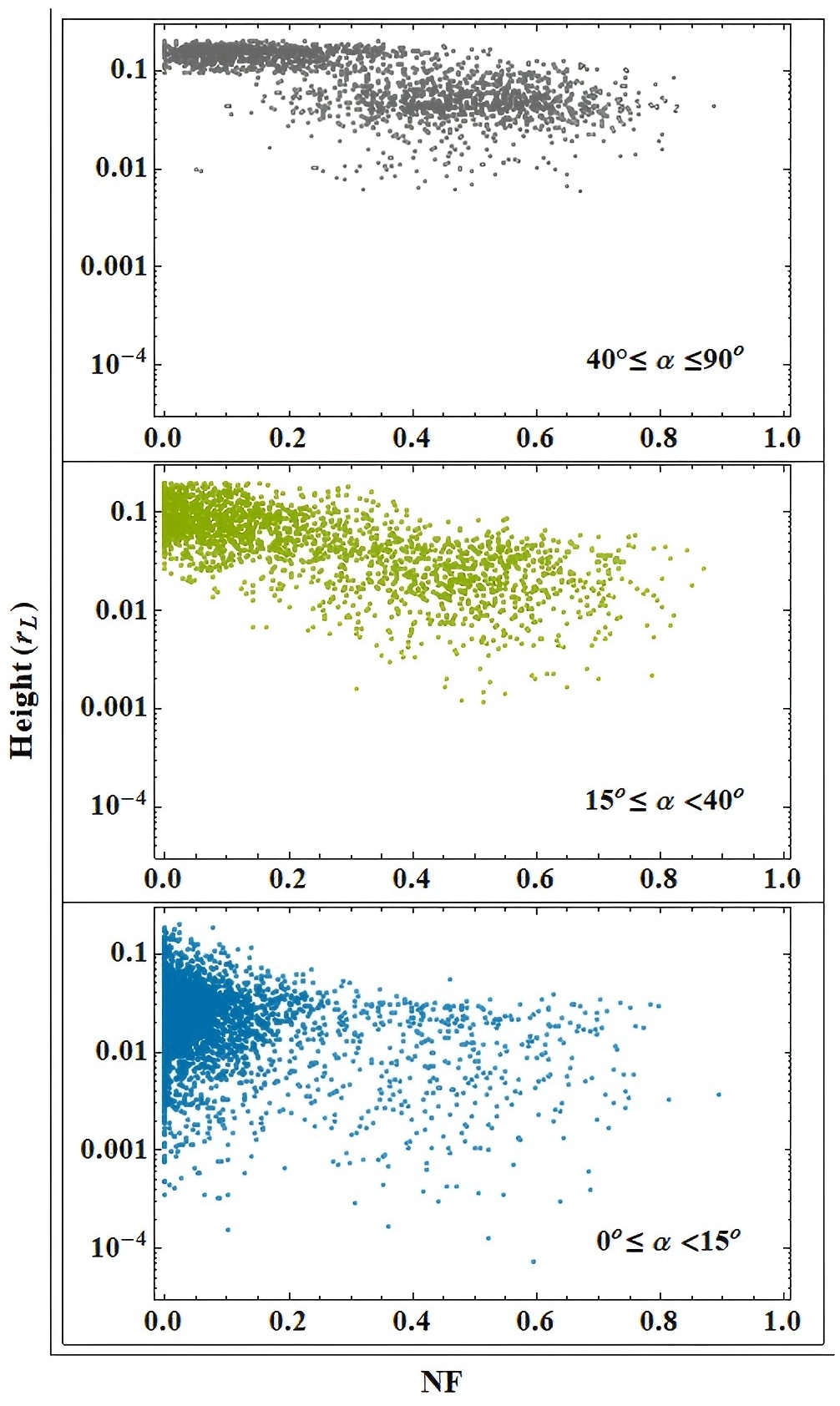

How Emission Height Affects Pulse Nulling in Pulsars
A radio pulsar is like a cosmic lighthouse. It is a super dense and rapidly rotating star that “shoots out” beams of signal in the form of radio waves. If the Earth happens to be in the path, a “pulse” of radio waves will be detected.
Sometimes, these pulses juststop. It is like the lighthouse beam suddenly turns off for a while. This is called pulse nulling. To investigate the event, the term nulling fraction is invented, which states how often this happens.
Researchers at the Xinjiang Astronomical Observatory ask the question “Is there a connection between how often a pulsar goes null and where its radio waves are coming from”? Understanding the link between nulling fraction and emission height helps probe the inner workings of pulsar magnetospheres.
In this work, 9000 nulling pulsar samples, each with 1000 rotations, are simulated for the examination of the correlations between radio pulse nulling fraction, emission height, and their emission geometry.
The result shows that pulsars with low nulling fractions and large obliquity angles (between the rotation and the magnetic axes) tend to emit from higher heights, and vice versa. It suggests that the emission geometry of a pulsar affects how stable its radio signals are.
The researchersalso find that pulsars sending out radio signals from lower heights display a wide range in how often they go to null. But when the radio waves come from higher up, pulsars tend to emit more consistently. Our results indicate that younger pulsars tend to null at higher emission heights than older pulsars. This suggests weakening of the radio emission mechanism with height as a pulsar ages

Scatter plots showing the distribution of nulling fraction (NF) as a function of height (rL) for three different ranges of obliquity angles. Each plot is shown on the same log-linear scale.
Attachment Download: